Which is Better for Me:Torque Sensor VS. Cadence sensor on Electric Bikes

There are many benefits to owning a high-quality Shengmilo electric bike. The option to ride a bike without pedaling is one of them. The "pedal assist" feature makes this possible. They may vary by brand, but they all serve the same purpose: to make cycling less tedious.
When you start pedaling, the e-bike's pedal assists the sensor and activates the bike's motor. This means that the throttle is unnecessary for managing electronic power. When you turn on the e-bike and pedal, the bike's sensors send a signal to the bike's pedal assist system (PAS). Torque and cadence sensors can be installed on e-bikes. Knowing how each pedal assist sensor works is important because it can have a big effect on how you ride.
Pedal Assist Systems (PAS) fall into two main categories: Torque-Sensing and Cadence Sensing. They both detect the rider's movements and send a signal to the bike's motor to activate pedal assist, but the timing and method of activation vary. These changes affect every aspect of the vehicle, from ride comfort to battery life.
Mastering the ins and outs of an e-bike can be challenging. Those unfamiliar with the e-bike industry may find these definitions confusing. You should weigh the pros and cons thoroughly, but the jargon can make this difficult.
Let us help you understand what torque and cadence sensors do, along with their respective advantages and disadvantages. Knowing this, you can choose the best sensor to optimize your travel experience.
What is the difference between a torque sensor and a cadence sensor?
You can expect a more comfortable ride with torque-sensing PAS as the pedal assist adapts to your movement. The rhythm suddenly changes. Cycling can often feel jerky, slow, or even retrograde. But if you ride mostly on flat ground, you may not notice these problems as much because you don't have to change the pedal assist as often.
The capacity of the e-bike battery is also set by PAS. Cadence Sensing The amount of pedal assist provided by PAS is calculated by magnets and sensors based on the rider's current cadence. Unfortunately, your riding style doesn't quite match the rhythm-sensitive PAS, which turns on and off as you pedal.
The torque sensor determines how much motor assistance to provide based on how hard you press the pedal. Instead of wasting power when you slow down or go downhill, the assist level doesn't increase proportionally with your pedaling effort. Bikes with torque-sensing PAS generally get more MPG than bikes with cadence-sensing PAS. The frequency with which you intend to sail through hilly areas makes this necessary.
What is a torque sensor?
The torque sensor transmits your pedaling force to the e-bike. Sensors that analyze pedal cadence can tell if a cyclist is moving. Torque sensors in the pedals transmit the pedaling force of the rider to the e-bike's motor, which then sends the appropriate power to the wheels. In other words, torque sensors greatly amplify your efforts. briefly :
If you press hard on the pedal, the motor will make more power up to the maximum PAS level.
The harder you pedal, the less power the motor puts out to meet you midway.
Advantages of Torque Transducers
1. The torque sensor makes the ride more comfortable by letting the power transfer happen more naturally and intuitively.
2. Incorporating a torque sensor can extend the driving range by 5–10 miles per charge.
3. The torque sensor now reacts almost instantly to any change in pedaling force.
4. When the power is turned on smoothly and reliably, you can drive with more confidence and precision.
5. Cycling is less dangerous when the torque sensor is reliable. There is a steady, reliable, and manageable flow of electricity.
Disadvantages of torque sensors
1. Because pedal sensors automatically put the rider at a higher set speed, more aggressive riding rides using torque sensor-based systems must pedal harder to reach the same PAS speed as pedal sensor-based rides. Also, once the torque-sensing e-bike reaches top speed, constant pedaling is required to keep the motor running at speed.
2. Torque sensors are expensive—usually around $150. Electric bikes with torque sensors typically cost between $2,000 and $3,000.
3. Limited applicability: Torque sensors on electric bikes are rare.
What is a cadence sensor?
The sensor and the magnet make up the two main components of the cadence sensor. The sensor is usually mounted near the bottom bracket area of the frame. A disc holder with magnets sits on the crank.
Once the rider starts pedaling forward, the magnets pass the sensor. When you take your foot off the pedal, the magnet stops moving past the sensor. Cadence sensors measure pedaling frequency in this way. It detects any movement of the magnet.
The Advantages of Cadence Sensors
1. The cadence sensor is less expensive. The cadence sensor is about $20, so it's cheaper. You can get a folding electric bike for $900. E-bikes with cadence sensors are now more accessible and affordable than ever.
2. Activating pedal assist is simpler; just tap the pedal to get the motor running.
3. Electric bikes have a wider selection, and most of them have cadence sensors.
4. It’s easier to keep going because all you need to do to power your bike is pedal.
Cadence Sensors' Drawbacks
1. Decreased Sensitivity: Cadence sensors can make the PAS feel jarring and counter-intuitive, which can turn off riders who want to stay in line with their e-bikes and feel their contribution. It's important to note that this doesn't mean that people riding e-bikes with cadence sensors don't feel like they're pushing hard. Or, if you're looking for an e-bike that works with you rather than does most of the work for you, a cadence-based e-bike might not be the best choice.
2. When buying an e-bike, it is important to consider the estimated range of the bike versus the actual range, which can be affected by several factors. Heavy use of cadence-based PAS, especially at higher levels for extended periods, will take a heavy toll on the electric battery bike when starting the motor. So it modifies the range on a single charge.
3. It's easy to do with little effort. A rider's activity level, personal preferences, and riding needs can all affect whether a cadence-based e-bike feels like it's getting enough work done. Riders may feel like they are getting too much PAS when they are not putting in much effort because the sensor triggers the motor when it detects pedal movement. Or, any help is too much for them. In other words, it’s perfect for those who just want to have a good time on their bike without putting in too much effort.
How durable are pedal-assist bikes?
Your pedal assist should serve you well for about as long as an e-bike or a decade. This number may be higher or lower, depending on the make and model of your bike, and how you plan to use it.
How fast can you run with pedal assist?
E-bikes in classes 1 and 2 typically stop assisting the rider at 20 miles per hour, while class 3 e-bikes can reach 28 miles per hour.
Riding with a cadence sensor
Sensors on an electric cadence bike may add to the feeling of power as you ride. It doesn't take much time to start the motor, and once it does, it accelerates quickly and efficiently. Riders often use the word "lively" to describe how it feels to them, and there's no denying that the moment you start touting it, you can feel the motor turning. Some drivers may find this irritating. For some, this was a major issue, as it made the first PAS level feel too fast and jerky to start pedaling.
Thankfully, the display on most Shengmilo e-bikes allows you to customize the amount of power delivered at each PAS setting. Our software gives riders complete freedom to customize their ride.
An e-bike with a cadence sensor is a great option if you want to get up and running quickly with little effort. It’s also a great option for riders with limited mobility who can’t pedal.
Flatter terrain is ideal for using cadence sensors as they operate most reliably and efficiently there. Still, they aren't as good as torque sensors, but they can still work well in hilly areas.
Riding with a torque sensor
An electric bike with a torque sensor is more intuitive and natural than one without a torque sensor. After the motor is turned on, the ride becomes more refined and comfortable. Therefore, a torque sensor is an excellent choice for those who prefer and are used to a more traditional driving experience. It is the ideal bridge between regular bicycles and electric bicycles.
It's easy to see how a torque sensor can improve the riding experience of someone who regularly rides e-bikes in hilly terrain. A torque-sensing e-bike will give you more power as you go uphill and stay level as you hit flat surfaces. Or, if you've already gone in the wrong direction, that won't help either. Because of this, an electric bike with a torque sensor is more cost-effective, has a wider range, and only uses power when necessary.
In conclusion,
It's not a "Which is better?" option to learn about torque and cadence sensors. However, "Which one is better for me?" Riders looking for a simple, powerful e-bike that allows them to put in as much or as little effort as possible without slowing down have made the cadence sensor PAS Technology the industry standard. Torque Sensor PAS technology, on the other hand, amplifies what the rider does to make the ride feel more natural and intuitive.
For any kind of e-bike rider, the result is the same: battery-powered assist when pedaling. The key question is how much effort you are willing to put in. If you want the freedom to rely solely on high speed and powerful speed while still having the option to increase your pedaling force, you should try riding an e-bike with a cadence sensor. I need it. If you just want it to amplify your efforts, you can also try an electric bike with a torque sensor.








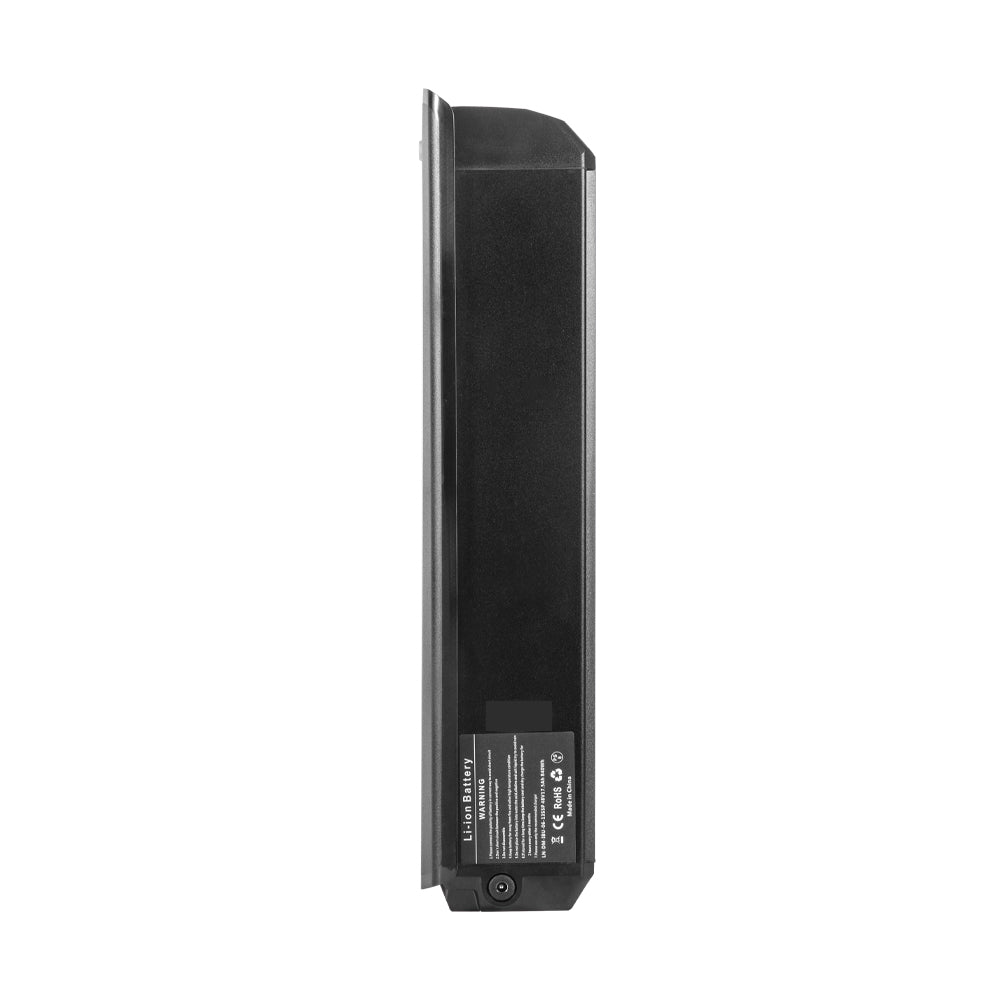

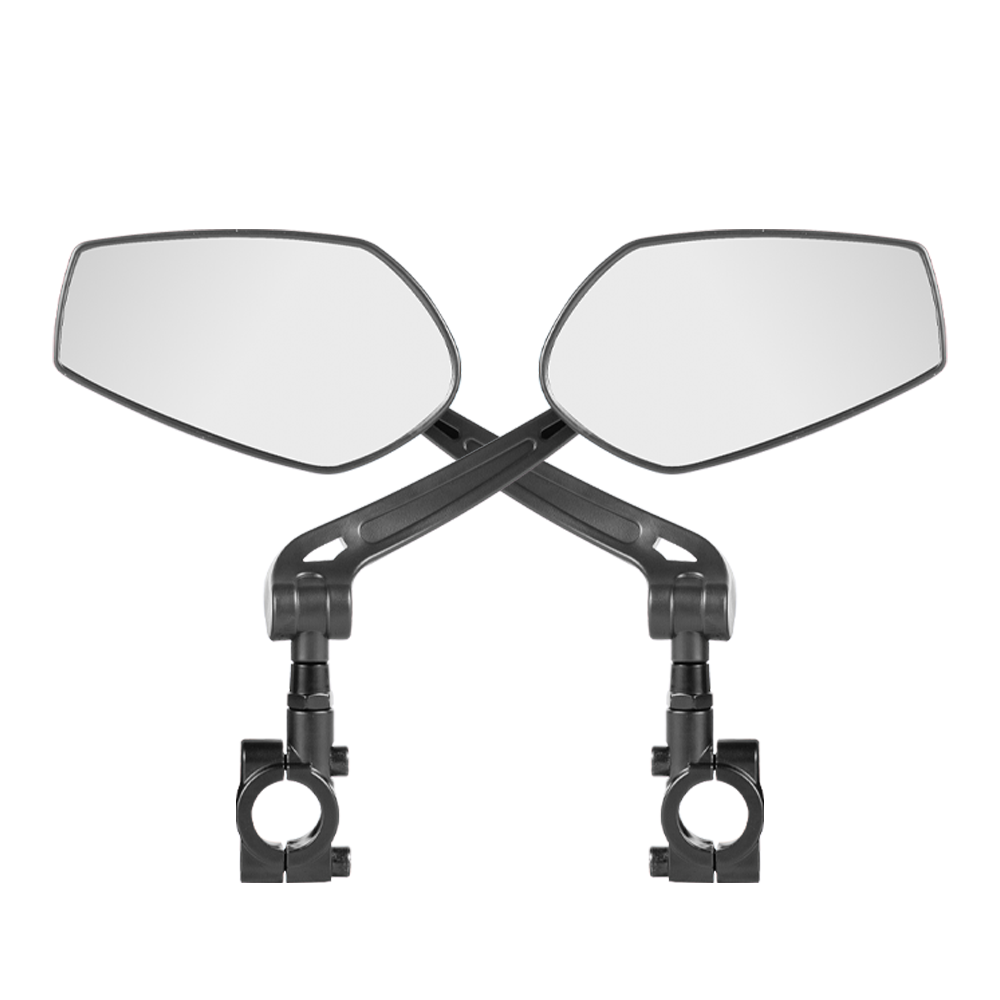


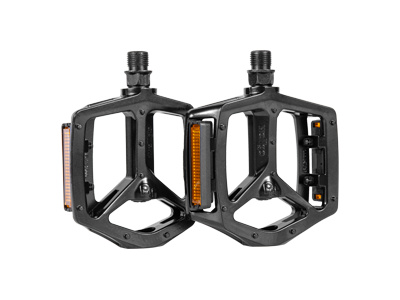
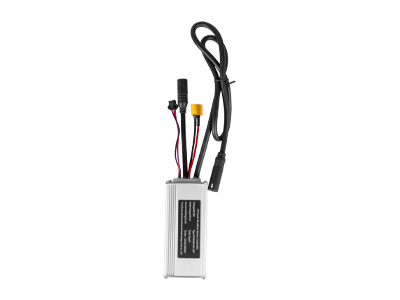







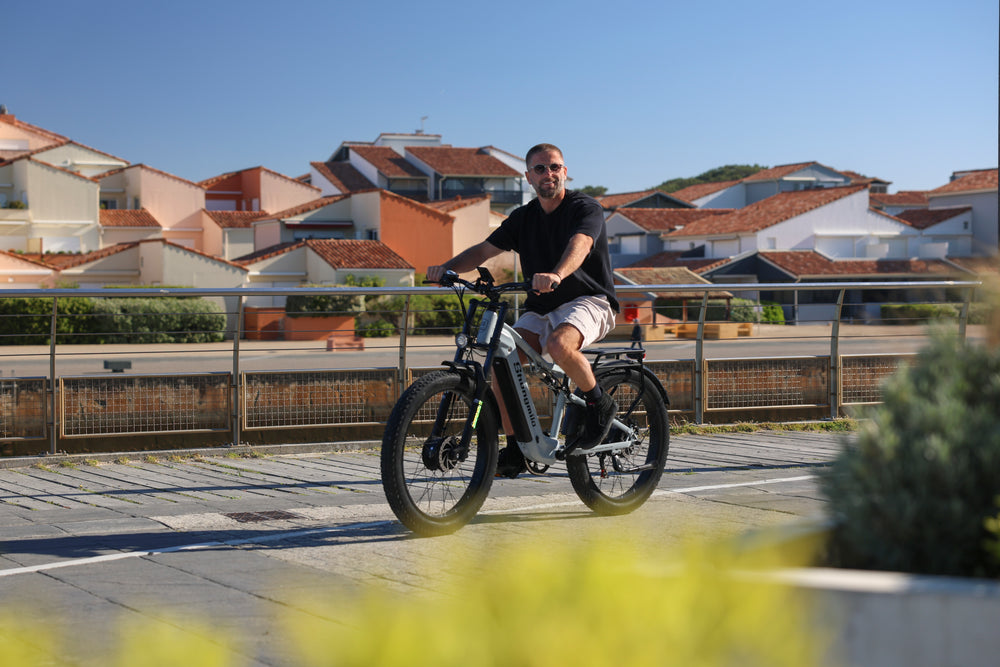
Leave a comment